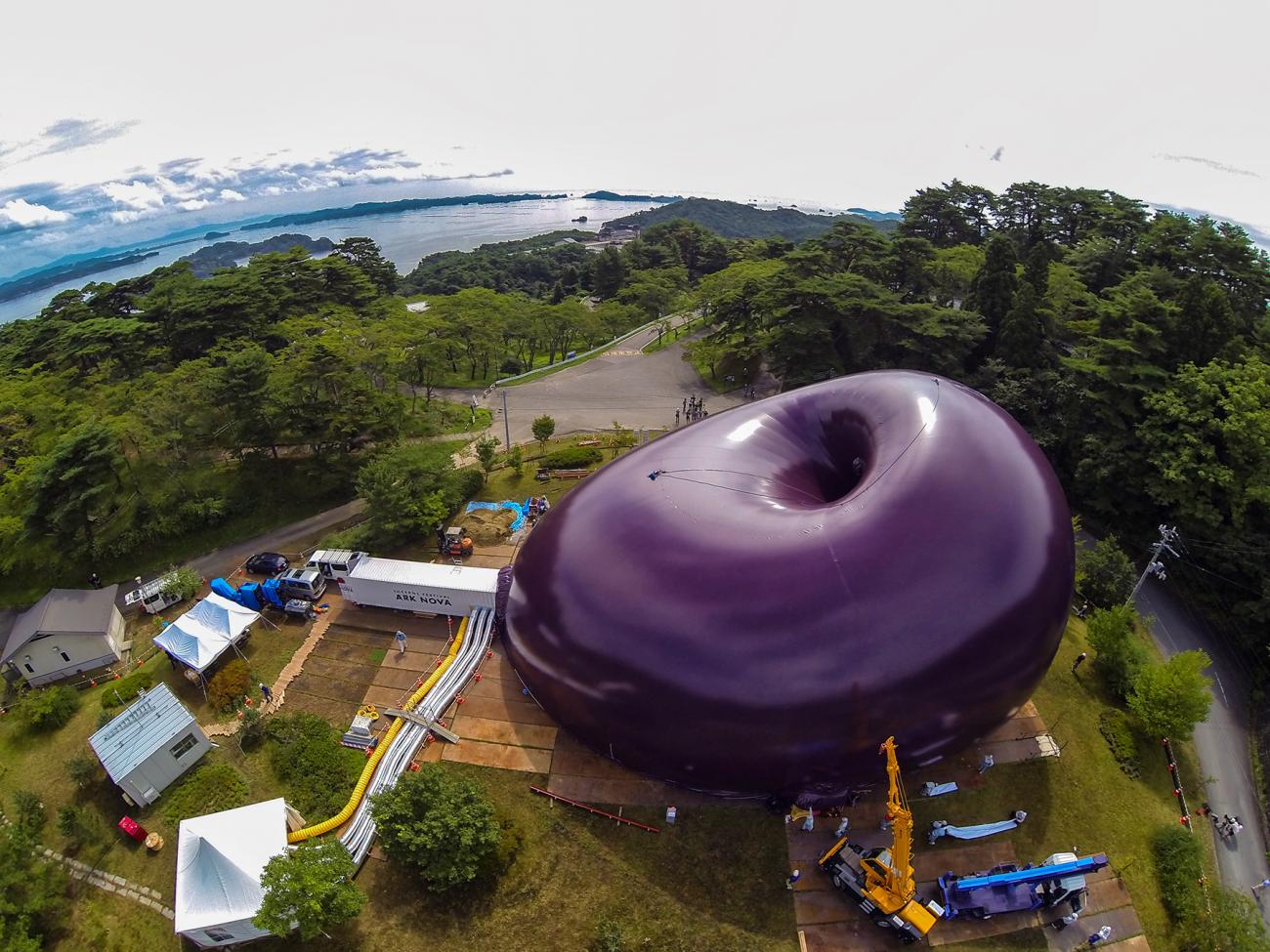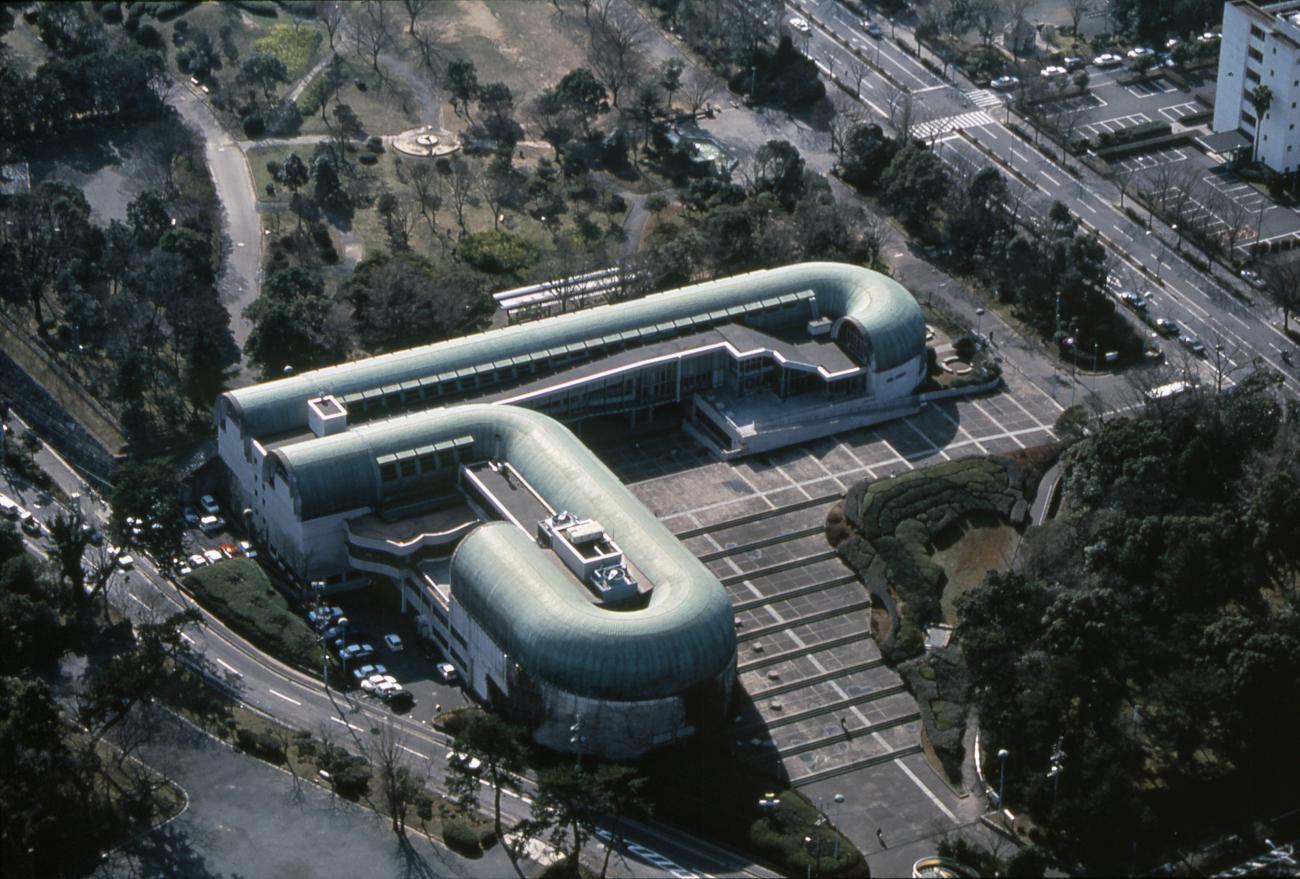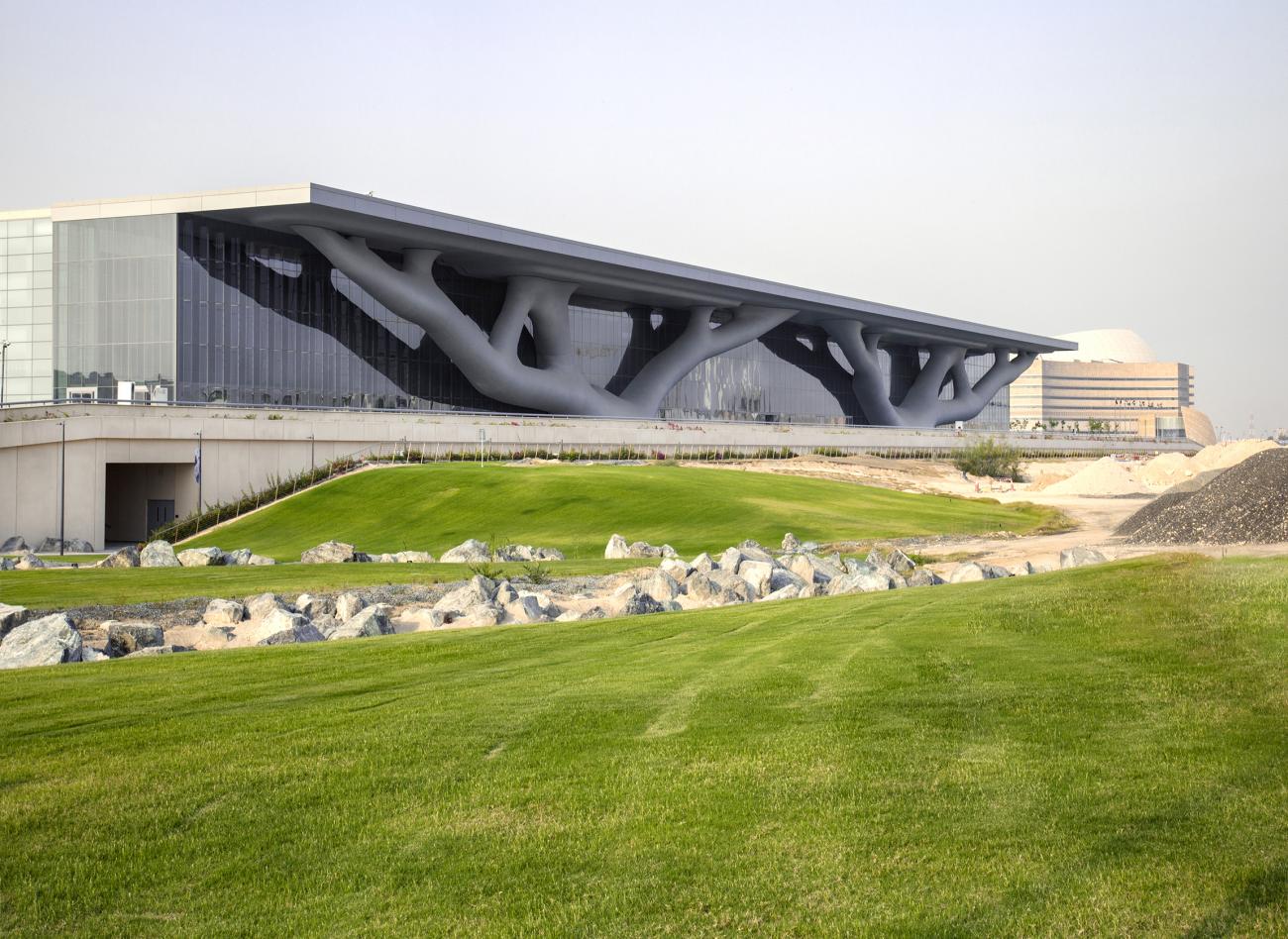Japan’s Arata Isozaki wins Pritzker Architecture Prize
Arata Isozaki, a prominent Japanese architect renowned for his versatility and transnational approach to design, has won his field’s highest accolade, the Pritzker Architecture Prize.
The 87-year-old will receive his coveted award, which consists of $100,000 and a bronze medallion, in May at the Palace of Versailles in France.
The jury praised Isozaki for surpassing “the framework of architecture to raise questions that transcend eras and borders”, and for his “profound knowledge of architectural history and theory, and embracing the avant-garde”.
It said in a statement: “He never merely replicated the status quo, but his search for meaningful architecture was reflected in his buildings that, to this day, defy stylistic categorisations.”
Watch 2019 Laureate, Arata Isozaki, speak about his journey – thinking about architecture, artistic expression, cities and universal phenomenons.https://t.co/uTOr88RjHR
— Pritzker Prize (@PritzkerPrize) March 5, 2019
In a career that has spanned six decades so far, with more than 100 buildings around the world, Isozaki’s approach has constantly evolved, according to Martha Thorne, executive director of the Pritzker Architecture Prize.
More so than style or materials, his work is characterised by a search for what architecture can contribute to society, she told Al Jazeera.
“Isozaki was always searching for those underlying meanings in architecture or architecture’s place within history, culture and theory and that is quite unique,” Thorne said.
 |
|
Ark Nova, a mobile concert hall designed with artist Anish Kapoor [Iwan Baan/Courtesy of the Hyatt Foundation/Pritzker Architecture Prize] |
“He clearly tries to make an architecture of its time and place. He’s not repeating the same idea everywhere in the world. One thing we could see as perhaps constant in his work is, as he approaches architecture, he’s very mindful of the experience of the people who will inhabit it.
“Whether it is a museum or an office building or a sports centre, he approaches even these big buildings from the point of view of an individual who will be going through those spaces and using those spaces.”
‘Not even a city’
Born in 1931 in Oita, a town on Japan’s Kyushu island, Isozaki’s interest in architecture was influenced by the August 1945 bombing of Hiroshima and Nagasaki, ordered by then-US President Harry Truman.
“I grew up near ground zero,” Isozaki was quoted as saying by the prize’s website.
“It was in complete ruins and there was no architecture, no buildings, not even a city. Only barracks and shelters surrounded me. So my very first experience of architecture was the void of architecture and I began to consider how people might rebuild their homes and cities.”
After graduating from the University of Tokyo in 1954, Isozaki began an apprenticeship under Pritzker Prize laureate Kenzo Tange before establishing his own firm in 1963.
 |
| Kitakyushu Central Library, Kitakyushu, Japan [Fujitsuka Mitsumasa/Courtesy of the Hyatt Foundation/Pritzker Architecture Prize] |
Isozaki’s work began locally as Japan rebuilt following the devastation of World War II, and Allied occupation. He designed many buildings in his hometown, before expanding to Osaka and the capital, Tokyo.
The 1980s saw Isozaki’s international reputation grow with his first overseas commission, the Museum of Contemporary Art in Los Angeles and other prominent buildings, including the Palau Sant Jordi, which was part of the setting for Barcelona’s 1992 Olympic Games.
“He was very instrumental in connecting East and West,” Thorne said.
“This was at a time when we weren’t experiencing globalism as we are today but his search for knowledge and understanding took him well beyond the boundaries of Japan.”
 |
| Qatar National Convention Center, Doha, Qatar [Hisao Suzuki/Courtesy of the Hyatt Foundation/Pritzker Architecture Prize] |
An international polymath
In the decades since, Isozaki has garnered numerous awards, while his designs have shaped cityscapes worldwide, including recent projects in China and the Middle East.
Through his writings, teaching and position as a jury member for prominent architecture competitions, Isozaki has influenced and supported younger architects. Along with his iconic buildings, he has produced music, films, plays and works of philosophy.
He is the 46th person and eighth Japanese architect to receive the Pritzker Prize. Previous winners include Frank Gehry, Oscar Niemyer and Zaha Hadid.
Founded in 1979 by the late Jay A Pritzker and his wife, Cindy, the Pritzker Architecture Prize honours a living architect or architects whose work combines talent, vision and commitment and who has produced “consistent and significant contributions to humanity and the built environment through the art of architecture”.
Charlotte Mitchell contributed to this reporting:




